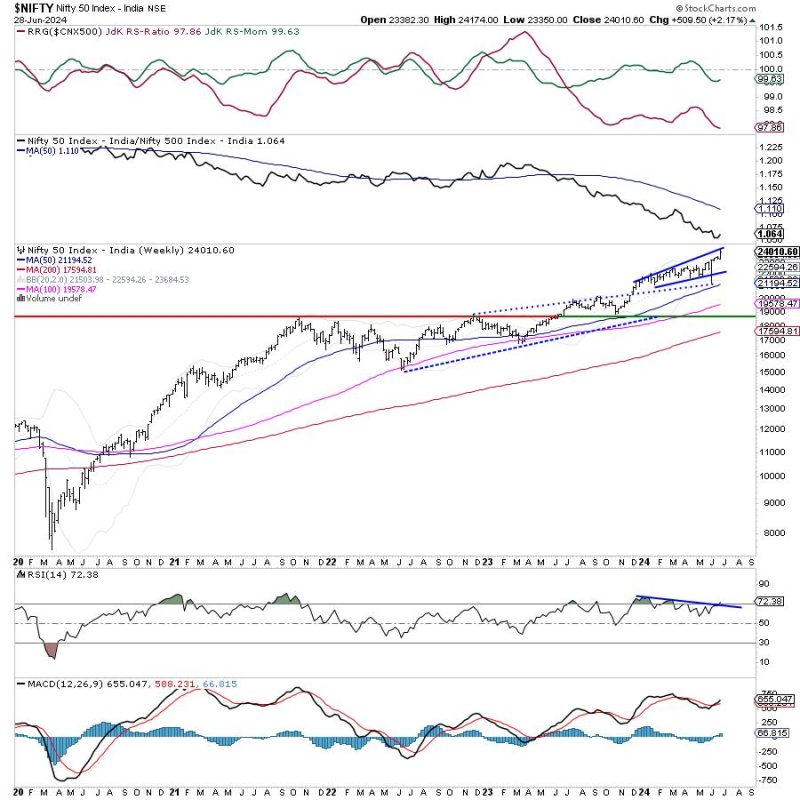Nifty, the benchmark Indian stock market index, displayed a robust performance in the previous week, surging to new heights and causing stock market enthusiasts to look forward to the future with anticipation. While the market’s upturn has been a source of glee for many, it has also thrown a challenge in the form of newfound resistance in a specific zone. Concurrently, the question emerges as to what the week ahead holds for the Nifty.
Primarily, it’s essential to comprehend the term resistance, referring to a price level or zone above the market where selling is thought to be robust enough to prevent prices from rising further. The Nifty has formed resistance in a particular zone, and the market-watching community predetermines this by observing the patterns of buying and selling coupled with volume and price changes.
One noteworthy feature recognizable from the Nifty’s trade patterns is that the resistance it has created is relatively substantial. As a result, investors may need to be cautious and vigilant as we embark on the week ahead. Trading over the resistance level may prove tricky, mainly if operated without cautious strategic thinking and planning.
The Nifty’s resistance zone has the potential to curtail the index’s forward momentum due to increased selling pressure. Every time the index has come close to this level, a sell-off has ensued, driving the prices lower. It suggests that the investors, at least in the near term, perceive this level as a zone where the index is overvalued and due for a correction. Breaking through this resistance level convincingly would require a substantial and sustained increase in buying pressure.
But why is it necessary to guard profits at higher levels? Remember, profitability protection is not about timing the market or predicting the top. It’s about securing the gains and managing the risks. When the index is in the higher-level zone, investors and traders are recommended to begin safeguarding their profits. It doesn’t imply selling off all your stakes; instead, it means using stop-loss and other strategies to guard your profits.
For instance, if you bought a share and its price has increased significantly, you can set a stop loss at a level that ensures some of your profits will be protected if there’s a downturn. In addition, with the price likely to have a hard time rising through resistance, it would be smart to lock in some profits if you owned a positional long trade near the resistance level.
What about expanding your portfolio? Well, investors could use this time to diversify their portfolio as well. Certain sectors tend to outperform during certain market conditions, and having a diversified portfolio can help to mitigate risk and enhance returns.
As we peer into the week ahead, remember to be observing of market signals and maintain a well-thought-out and patient approach when dealing with the Nifty’s current resistance zone. The market may be unpredictable, but it offers bountiful opportunities for those willing to keep a close watch, make calculated decisions, and most importantly, guard their profits as they traverse the turbulent waves of the market.




